
If only there was an “easy” button to pull in the event of a roofing emergency. Unfortunately, it’s not always …
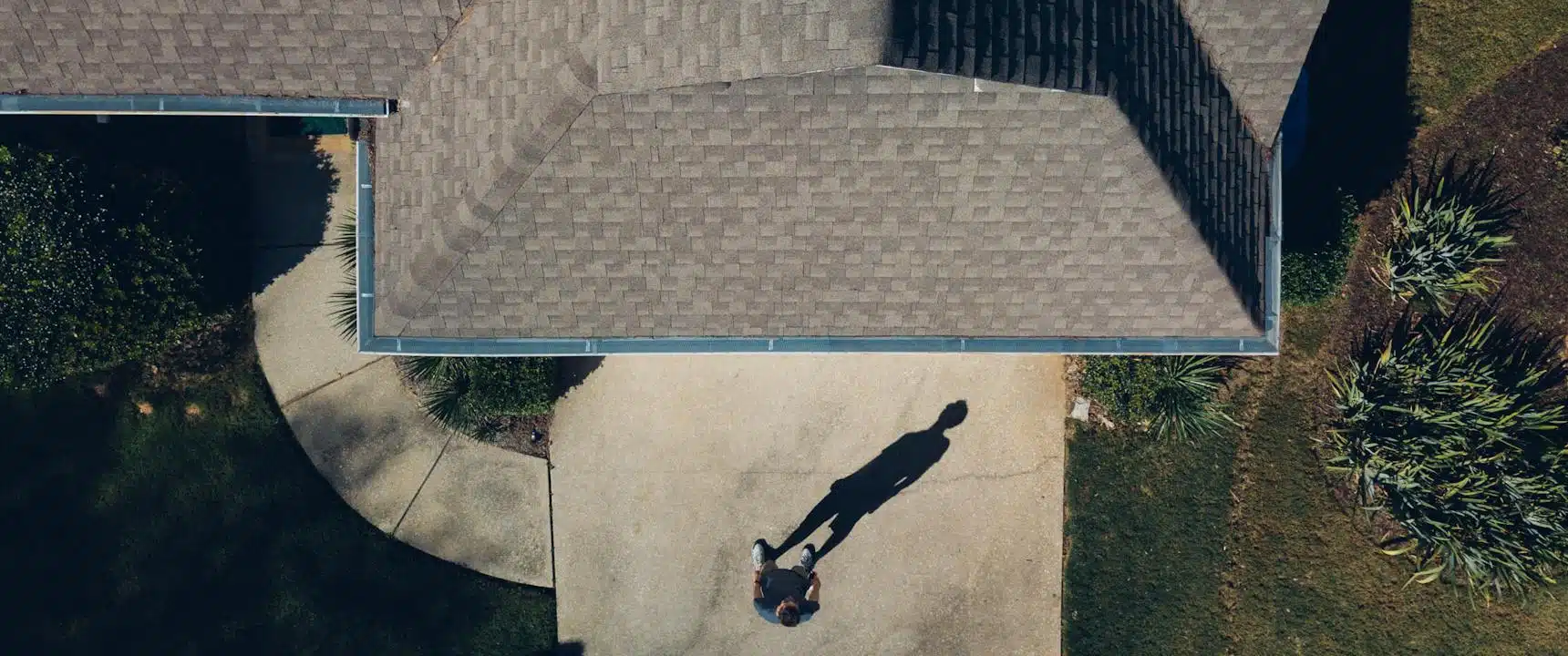
Asphalt shingles are the most common roofing material in Texas. Compared to other types of roofing materials, they’re inexpensive yet durable enough to withstand numerous weather conditions.
While they won’t last forever (a traditional 30-year shingle might get you 25 years if it stays very well maintained), they hold up fairly well against the sun, wind and rain we experience in Austin. They’re also lightweight and come in a variety of colors to meet your design goals.

Asphalt shingles are popular because of their ease of installation and price tag, but they’re not without their faults. In terms of environmental impact, asphalt shingles are not the most eco-friendly. They are also less durable and have a shorter lifespan than other roofing materials.
On the whole, however, asphalt shingles offer many advantages to homeowners.
Solar roofs are the way of the future, and the main options on the market today are solar roof panels and shingles, or solar tiles. Solar panels can be attached directly to your traditional asphalt-shingled roof, but solar tiles can effectively replace your existing roof’s shingles.
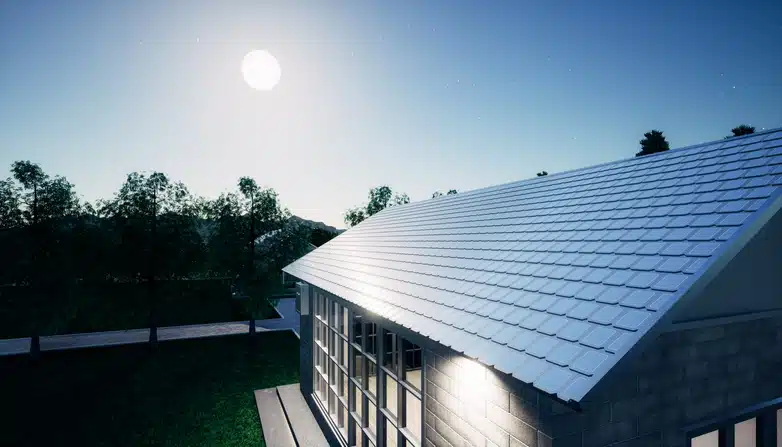
Solar tiles are made of thin photovoltaic sheets. They can either lay directly over your existing shingles or replace them. Solar shingles work by absorbing the sun’s rays and converting it to energy, which can then help power your home and reduce your monthly energy bills.
The more tiles you have on your roof, the greater your energy output. On average, adding solar to your roof has been found to reduce energy costs by 40-70%.
Compared to panels, solar tiles can do more than just protect your home from the elements. Additionally, many people prefer the aesthetic of sleek solar tiles over the bulkier solar panel alternative.
The lifespan of solar shingles will vary by manufacturer and installation, but you should expect them to last more than 20 years. Before making your final product decision, it’s worth researching your options. Be sure also to understand manufacturer warranties, as they can also vary.
Metal is one of the most durable and long-lasting roofing materials out there, yet it’s not nearly as common as asphalt shingles for residential properties. If you’re considering metal as a roofing material for your Austin home or business, here are a few advantages and disadvantages to evaluate.
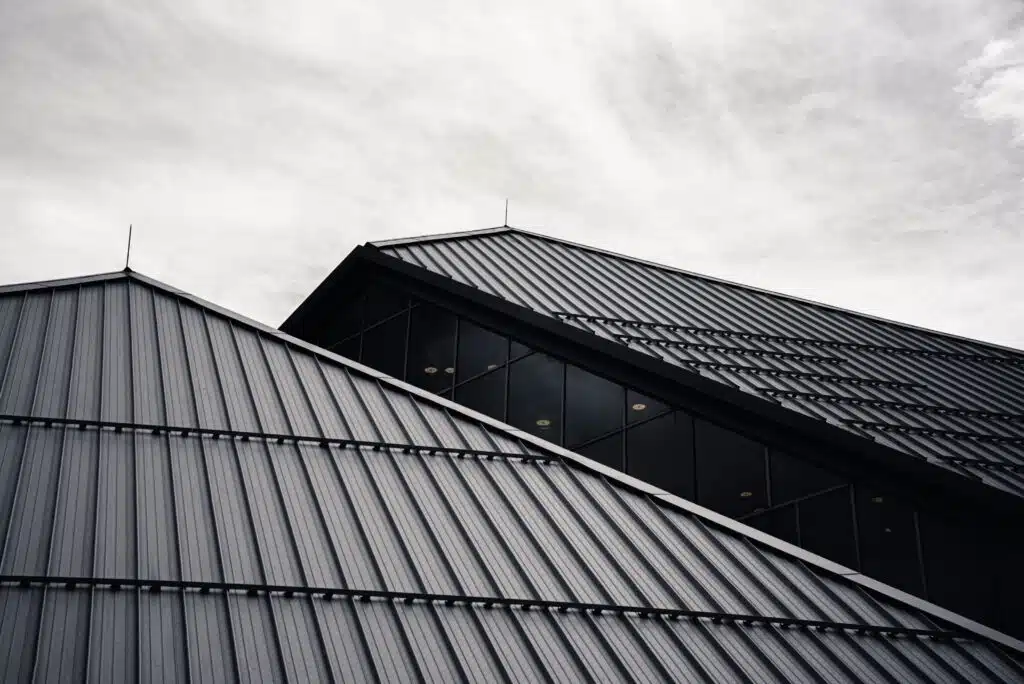
Though not the most common roofing material, metal roofs are a worthwhile option. They offer many benefits to homeowners and are completely recyclable at the end of their lifespan (which is a long one!).
The aesthetic of clay roofing tiles is hard to beat. They add instant charm to any home.
More than just beautiful, clay roofing tiles are also durable and environmentally friendly. Below, we’ll discuss some other reasons to consider clay or concrete as a roofing material alternative.
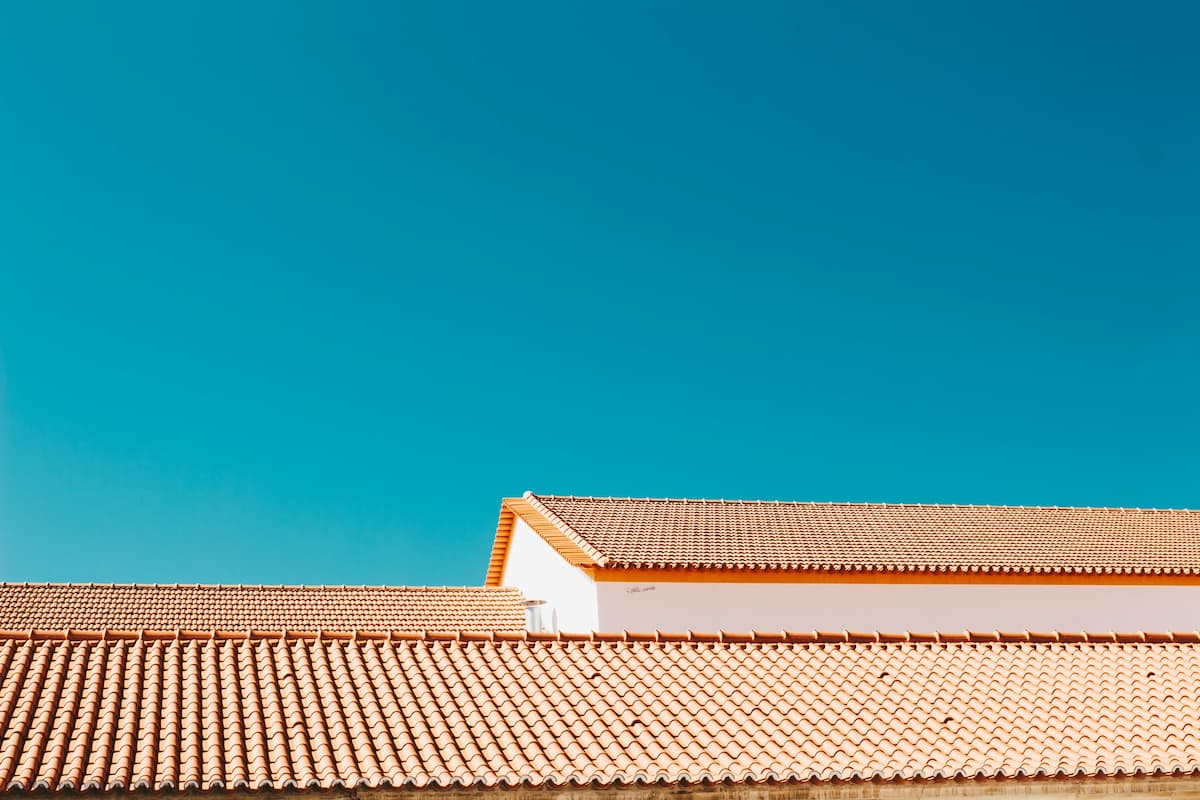
There are many durable roofing materials on the market, but clay takes the cake when it comes to longevity. Clay roof tiles can last upwards of 100 years. By contrast, metal roofs come in second at nearly 70 years, whereas traditional asphalt shingles are lucky to push 20 years.
Clay and concrete roof tiles have the strength to withstand high winds and tornadoes. Made from natural materials, they’re also environmentally friendly and easy to recycle.
Clay roofs offer many advantages, but they can also be among the most expensive types of roofing material. Moreover, clay tiles are heavy, and the home’s structure may need to be upgraded in order to support the additional weight of the roof tiles.
Despite their durability, they can also break when walked on, so maintenance can be tricky and will require the help of a professional.
Lastly, clay tiles perform best in hot conditions and don’t handle big freeze-thaw cycles as well as other types of roofs.
If you’re considering replacing your Austin roof, there are several material alternatives. Clay may be an alternative to consider depending on your aesthetic, performance, and efficiency goals.
Our team at Storm Guard of SW Austin is standing by to answer any of your roof-related questions. Get in touch with us today to learn more about roof materials, maintenance, repairs and replacements in Central Texas.

If only there was an “easy” button to pull in the event of a roofing emergency. Unfortunately, it’s not always …

Our homes are their own living and breathing entities in a way. They take air in from the outside and …

The weather in Central Texas can bring it all—intense heat, severe storms, tornadoes, and even hail. Your roof must withstand …
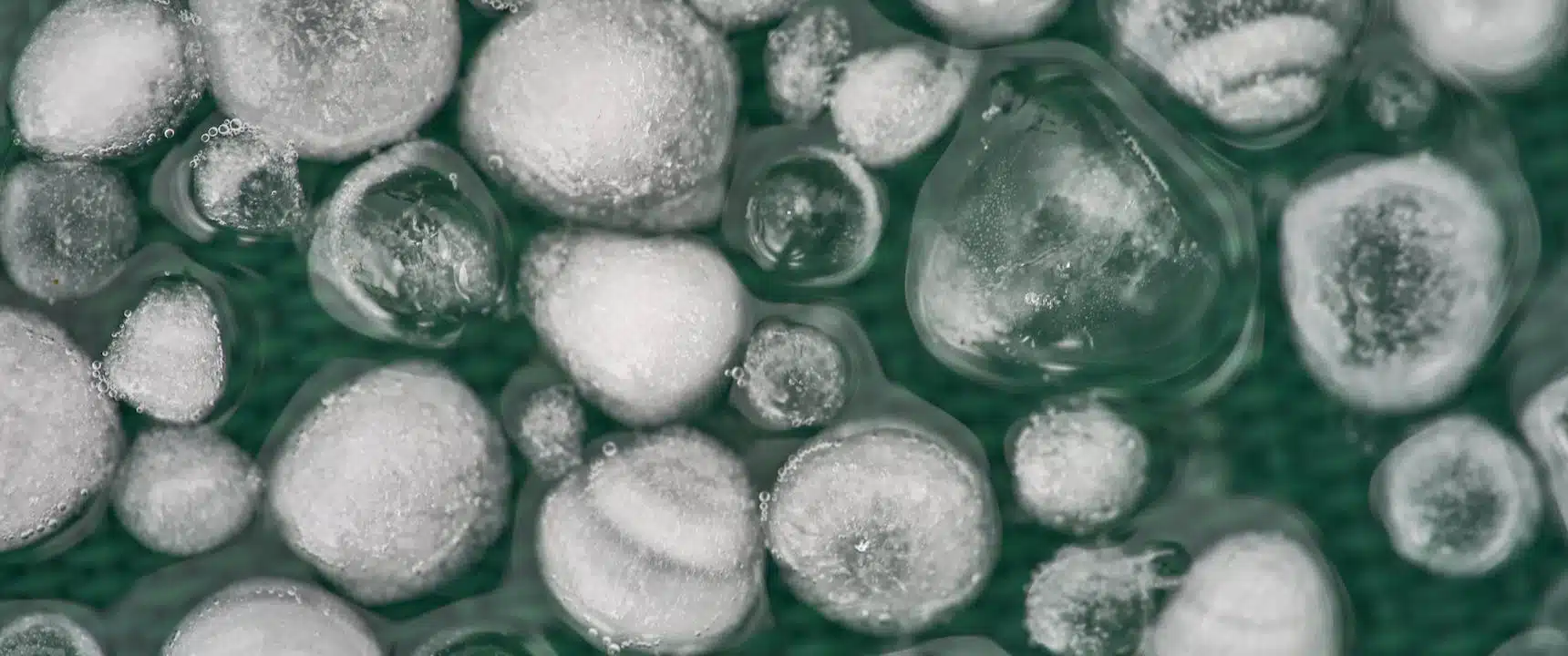
If you’re hunkered downstairs during a storm and hear the tell-tale clink, clink, clink of hail on your roof and …
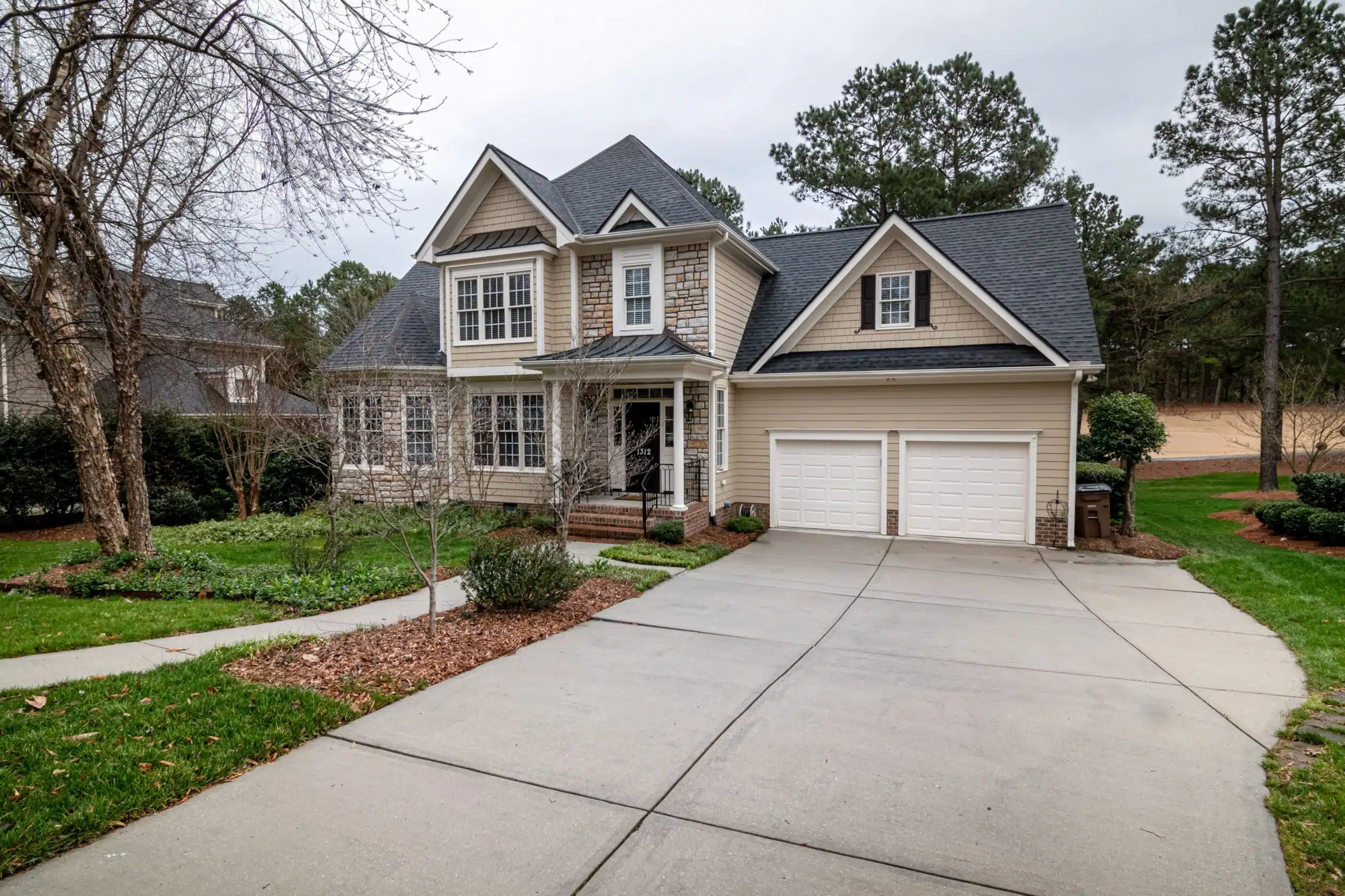
Most homeowners know they’ll have to deal with roof replacements at some point. Still, we often avoid even thinking about …

You don’t have to be a roofing expert to pay attention to your Austin home’s roof. In fact, many aspects …